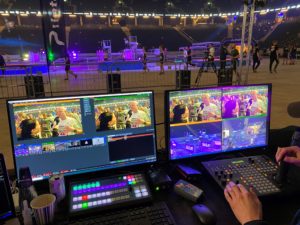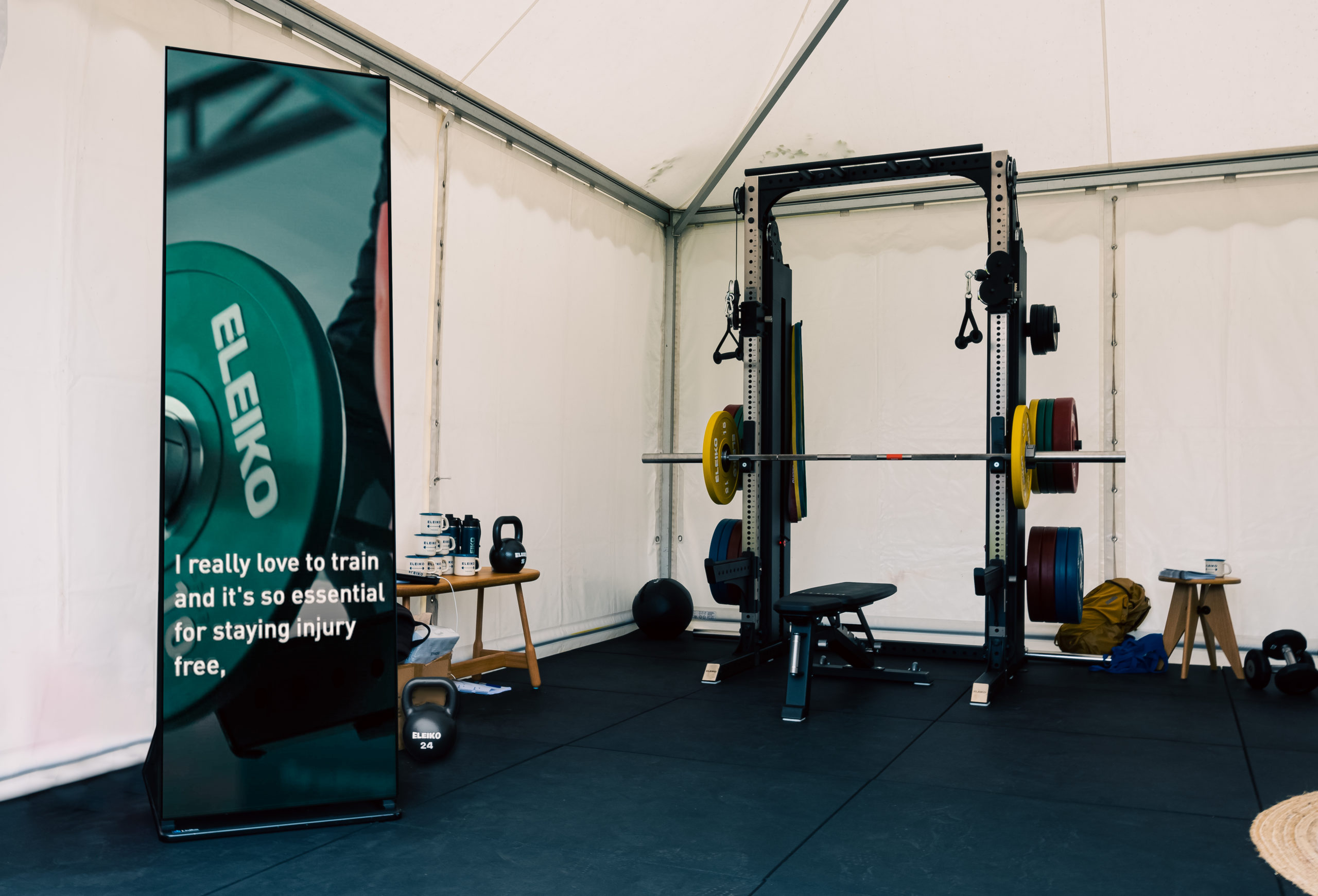Top Benefits of Using Mässteknik in Exhibitions
Top Benefits of Using Mässteknik in Exhibitions
Blog Article
Promotion is the backbone of any effective company strategy, but deciding on the best technique can be challenging. With the increase of sophisticated technology, the question between exhibition technology (mässteknik) and traditional advertising practices has obtained momentum. That website considers the main element variations, advantages, and drawbacks of each to help you make an informed decision.
What is Digital Signage?
Electronic signage employs electric shows, such as for instance TVs, LED panels, and interactive touchscreens, to provide commercials, movies, and powerful content. It leverages digital engineering to provide real-time messages to targeted audiences in equally interior and outside environments.
What are Conventional Promotion Techniques?
Conventional promotion encompasses common sources like papers, magazines, billboards, radio, and TV. This technique depends on produced or fixed pictures to share a message and catch attention in high-traffic locations or mass media platforms.

The Case for Digital Signage
1. Proposal Through Active Content
Based on new studies, attention spans have decreased significantly previously decade, posing challenging for old-fashioned ads. Digital signage provides this importance of powerful material, as 63% of customers declare they discover video material more interesting than fixed visuals. That interactivity assures that communications tend to be more memorable.
2. Real-Time Revisions
With electronic signage, it is possible to upgrade your message at any time. Cutting-edge computer software allows firms to regulate offers, offers, or notices instantly, which is great for fast-paced industries like retail and hospitality. Conventional advertising, but, is static and might take times (or longer) to change, which can stifle marketing agility.
3. Cost-Effectiveness Around Time
Digital signage could have a higher transparent investment, but it could save fees long-term. Unlike standard print techniques that want repeated material production and circulation, digital signage reduces recurring expenses by employing reusable screens.
4. Enhanced Targeting
By developing sophisticated analytics, electronic signage can personalize material for unique readers based on spot, time, or demographics. For example, interactive shows can custom advertisements to fit the choices of these nearby.
The Debate for Traditional Advertising
1. Greater Take Certain Demographics
For many years, traditional marketing has efficiently reached older age who are less prepared to activate with electronic platforms. TV ads and radio ads still hold significant sway among these groups.
2. Tangibility and Credibility
Produced products, such as for example papers or flyers, provide a tactile experience that some people see more trustworthy. Studies show that traditional sources like printing still produce customers feel more attached to manufacturers than fleeting electronic ads.

3. Zero Addiction on Technology
Unlike electronic signage, old-fashioned promotion does not rely on electricity or net connectivity. This liberty causes it to be a trustworthy choice in certain environments or under difficult circumstances.
Which can be Greater?
The option between digital signage and conventional promotion greatly is dependent upon your business goals, target market, and budget. Digital engineering offers flexibility, wedding, and customization, which makes it suitable for modern and fast-paced industries. On another give, standard advertising offers sustained affect and stays powerful for certain demographics.
By weighing the pros and disadvantages of equally methods, companies can art a designed promotion strategy that most useful suits their particular needs. Report this page